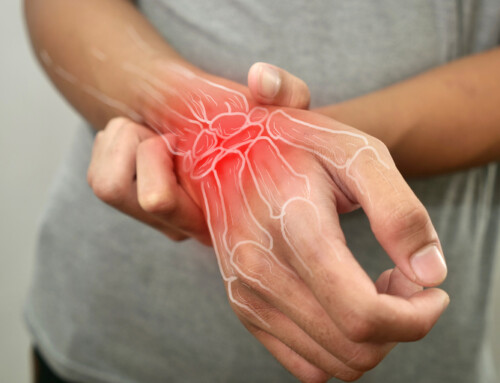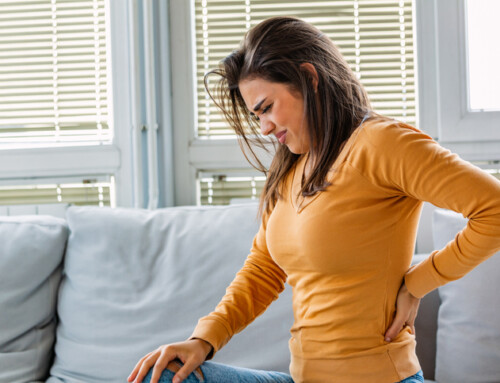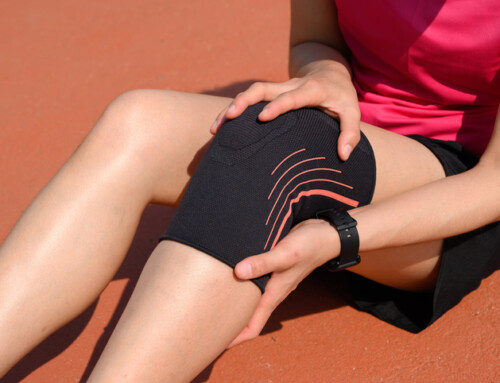Pain around your tailbone, the bony structure at the base of your spine, is known as coccyx pain, coccydynia or coccygodynia. Coccyx pain can be caused by falling on your tailbone and bruising it, or from sitting for a long time on a hard or narrow surface. In these instances, tailbone pain usually subsides on its own within a few weeks or months. However, if you are experiencing ongoing coccyx pain, you could be suffering from chronic coccydynia, often caused by joint changes from arthritis or childbirth.
How to Relieve Coccyx Pain at Home
When coccyx pain is the result of a fall or from sitting on a hard surface for a prolonged period of time, here are some things you can do to lessen the pain while it heals.
- Lean forward while sitting down to avoid putting pressure on the tailbone.
- Sit on a pressure-reduction cushion in a u-shape, donut-shape or wedge-shape.
- Apply heat and/or ice to the tailbone area.
- Take pain relievers, such as acetaminophen and ibuprofen.
Diagnosing & Treating Chronic Coccyx Pain
If your tailbone pain doesn’t improve with time, your healthcare provider may perform a rectal exam to rule out any other conditions or order an MRI scan to determine if you have a fracture, joint changes, or, in rare cases, a tumor.
Depending on the severity of your pain, your healthcare provider may recommend injecting corticosteroids into the affected area to reduce inflammation and pain, or, more rarely, surgery may be needed to remove the coccyx. However, the first line of treatment for chronic coccyx pain is almost always physical therapy.
Physical Therapy for Coccyx Pain
Physical therapy for coccyx pain typically involves exercises to stretch and strengthen the pelvis, strategies to improve sitting posture, and hands-on manual techniques, including gentle mobilization and soft tissue massage.
Exercises for Coccyx Pain – Our physical therapists can teach you exercises to relax and strengthen your pelvic floor muscles, as well as your core, glute and hip muscles.
Stretches for Coccyx Pain – We can provide you with stretches designed to lengthen and relax tight muscles in the back, hips and around the coccyx.
Postural Training for Coccyx Pain – Our physical therapists can help you learn to improve your sitting and standing posture to reduce pressure on the coccyx.
Mobilization for Coccyx Pain – We may perform gentle mobilizations to move the coccyx and surrounding joints.
Massage for Coccyx Pain – Specialized massage techniques may be used to release tight muscles and relieve tension in the soft tissue and fascia around the tailbone.
Make an Appointment for Coccyx Pain Physical Therapy in Queensbury, Saratoga & Malta
If coccydynia is affecting your quality of life, Capital Area Physical Therapy can help. Our compassionate and experienced physical therapists will work with you to relieve your coccyx pain and get you back to doing the things you enjoy. Call 518-289-5242 to schedule an evaluation for coccyx pain physical therapy in Saratoga Springs, Malta, Delmar or Queensbury, NY.






